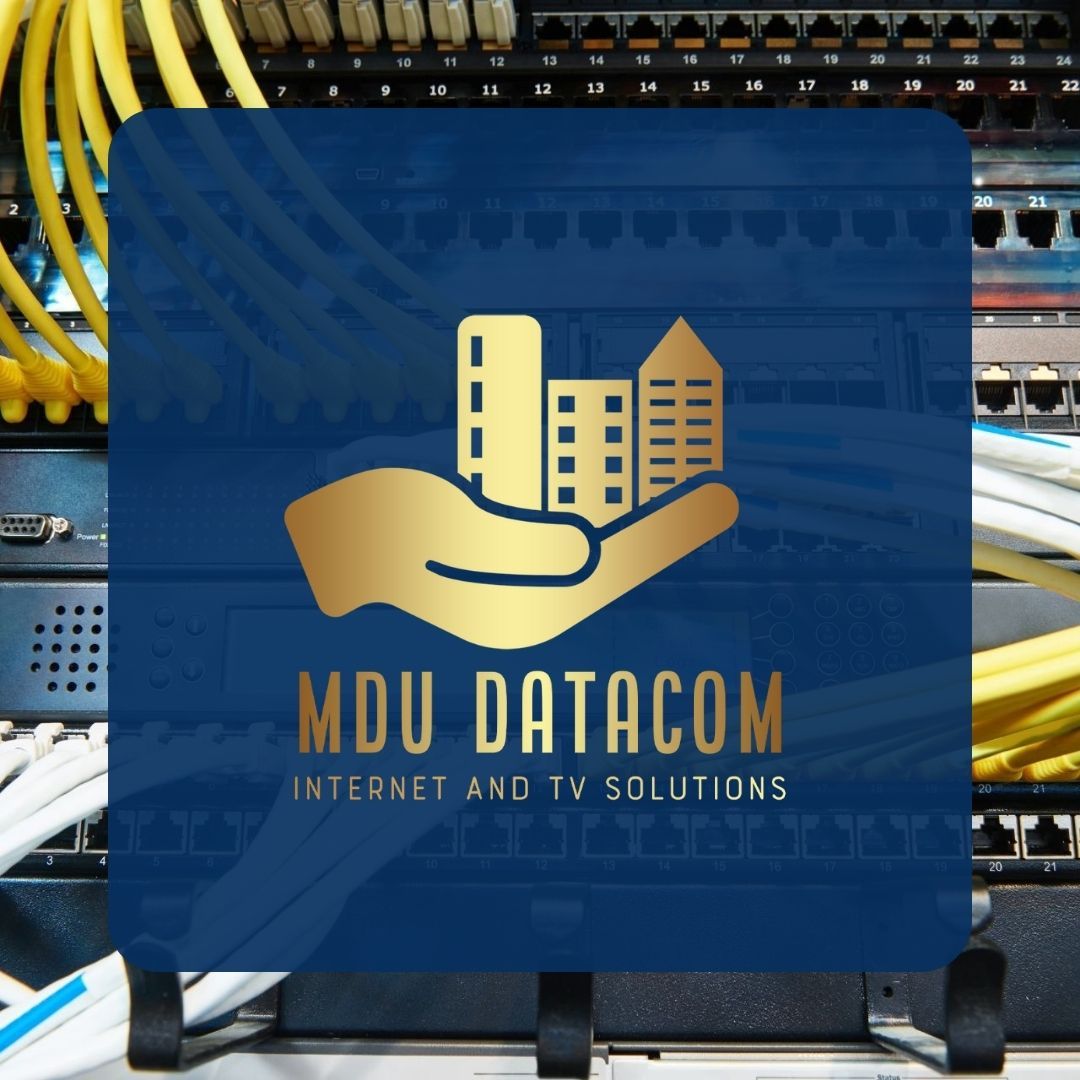Investigating the Effect of Network Protocols on Enhancing Internet Access in Multi-Dwelling Residences
Investigating the Effect of Network Protocols on Enhancing Internet Access in Multi-Dwelling Residences
Blog Article
Network protocols serve a vital function in improving web access, especially in multi-unit units (MDUs) such as flat complexes and condominiums. These standards outline how data is communicated over networks, guaranteeing that equipment can interact efficiently. As more individuals rely on the web for work, learning, and entertainment, having a reliable and high-speed connection in MDUs has grown increasingly important. By understanding Ethernet standards, building managers and tenants can make informed decisions about their internet services, resulting to improved connectivity for all.
One of the key Ethernet standards is IEEE 802.3, which details the specifications for wired Ethernet connections. This standard has developed over the decades, introducing faster rates and improved performance. For instance, the initial Ethernet standard offered rates of 10 Mbps per second, while more recent versions, such as Gigabit Ethernet, can provide speeds of up to 1,000 megabits per second. In MDUs, where multiple residents share the common web link, having a high-speed Ethernet network can greatly improve the overall consumer interaction. Faster rates mean faster file transfers, smoother streaming, and greater visual calls, which are essential for off-site employment and online learning.
Another significant aspect of Ethernet protocols is the implementation of structured cabling systems. These structures arrange and manage the network cables that link equipment within a structure. By adhering to the principles set by Ethernet standards, MDUs can ensure that their wiring is efficient and effective. This structure assists minimize signal interference and improves information transmission standards. Additionally, organized wiring allows for easier upgrades and servicing, allowing it easier for property managers to adapt to changing tech requirements. As mdu internet upgrades web usage persists to grow, having a well-structured cabling system becomes crucial for ensuring top-notch connectivity.
Power over Ethernet (PoE) is another important development in Ethernet technology that benefits MDUs. PoE enables system wires to carry power power together with information, removing the requirement for individual electric sources for equipment like security cameras, Wi-Fi access points, and VoIP phones. This feature simplifies setup and reduces clutter, making it easier to set up a comprehensive network in multi-dwelling units. By leveraging PoE, building administrators can improve security and boost web access throughout the building without the added expense of additional electrical work.
In conclusion, Ethernet standards have a profound effect on web connectivity in multi-dwelling units. By providing faster rates, organized wiring, and advanced features like Electricity over Ethernet, these protocols help establish a reliable and effective system for residents. As technology persists to progress, remaining informed about Ethernet protocols will be crucial for property administrators and tenants alike. By investing in the appropriate infrastructure, MDUs can ensure that all tenants enjoy a seamless internet experience, making their homes more connected and convenient.